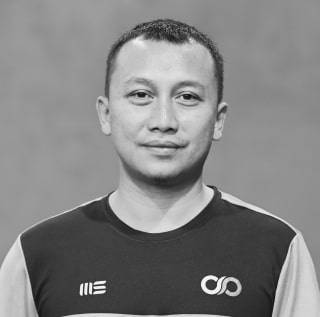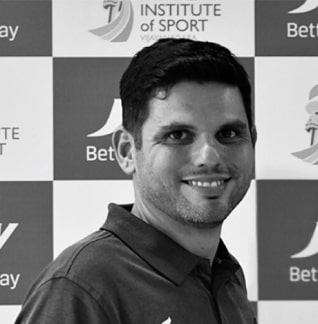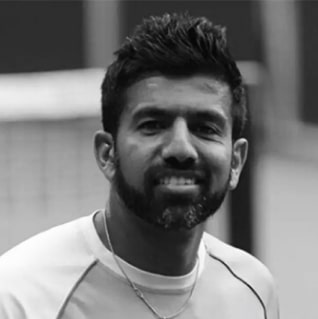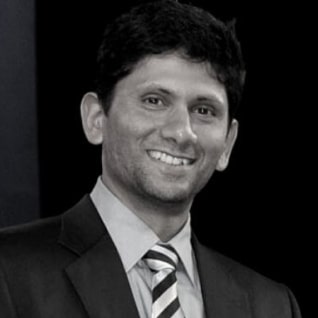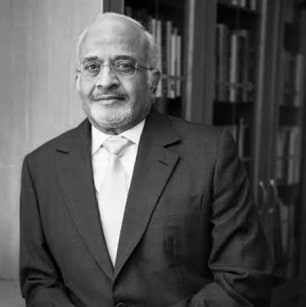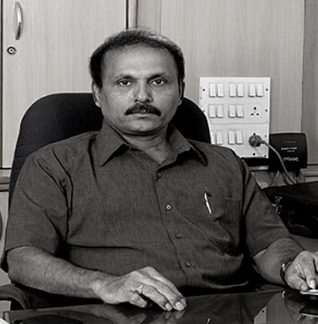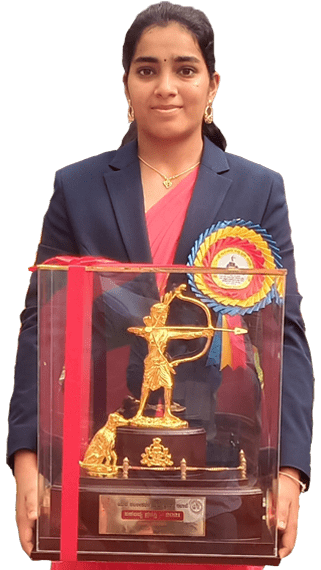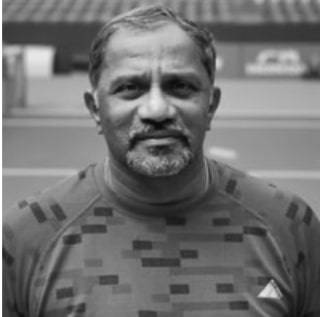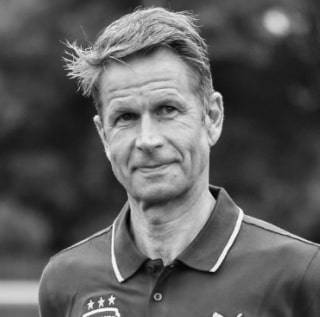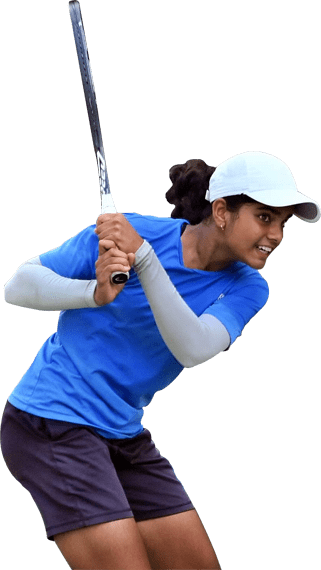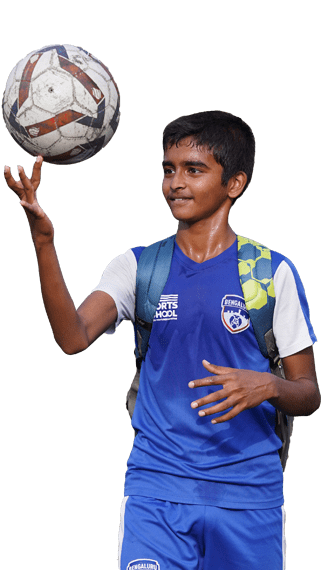
Different Types of Training Methods For Athletes
Sports training, in a nutshell, means preparing for a performance. It helps the athlete build strength and endurance gradually, improves their skill levels, and strengthens confidence. As simple as this may sound, but formulating the ‘perfect’ training method that fulfills all your physical goals is a dream come true. The workout program you follow has a significant impact on your desired outputs; hence training must be relevant to your purpose and sport you intend to pursue.
There is no hard and fast rule that one must follow in order to achieve a particular result; this is due to varied body types, different metabolism levels, and diverse age groups. With multiple options available, it becomes all the more challenging to choose one, so how do we go about this process?
The best way is to try everything and see what gives you the most reliable results; experiment and learn in the process. Here are some conventional models of training:
Continuous Training
Continuous training or steady-state training includes longer intervals of physical exercise without breaks or rest periods. Ideally, in this method, the heart rate is kept constant between 60% to 80% throughout the session, and it aims at enhancing your respiratory and cardiovascular system. Once you build your cardiovascular endurance, it becomes easier for your body to cope up with routine activities without running out of breath.
Continuous exercise is recommended if you are looking forward to losing weight, participating in marathons, swimming, triathlons, and bike rides. It is also an excellent way to begin exercising before moving on to the high-intensity workout. Typical sessions include swimming, running, biking, walking, or a combination of all, for about 20 to 30 minutes.
Fartlek Training
Fartlek, a Swedish term that means ‘Speed Play,’ is a training method that blends the elements of continuous and interval training. It involves the change in speed or terrain to emphasis on both aerobic and anaerobic systems and increases the recovery rate. It challenges the athlete’s body to adapt to different speed levels, hence acclimatizing their body to run faster over long distances.
There are multiple benefits of Fartlek training, such as improved endurance and speed, more flexibility and versatility in the athlete’s game, and more race tactics for runners. This method is suitable for cross country runners, team games involving variations in speed and marathon runners.
Circuit Training
This method of body conditioning involves endurance training, resistance training, exercises, and high-intensity aerobic workout in a circuit to intensify strength and muscular endurance. When planning a course, it is essential to work with a diverse group of muscles, and the number of repetitions followed. Although you can concentrate your session on one particular section of the body, this method is ideal for complete body conditioning.
Circuit training gives more efficient results and increases your metabolism, as it combines the best of both worlds. It also breaks the streak of boring workout routines because it enables you to experiment with new exercises.
Interval Training
Interval training alternates between short bursts of high-intensity workout and periods of rest and recovery to promote the recovery rate, speed, and lactate threshold of the player’s body. In this method, the high-intensity periods are anaerobic exercises, and the recovery period can vary from complete rest to low-intensity activities.
Benefits of following this routine include faster and more efficient workout sessions – allowing your body to work more in limited time, reduces the risk of overtraining – since the intensity varies, it avoids the risk of overtraining and freedom to experiment with exercises.
Flexibility / Mobility Training
Flexibility training refers to a planned set of exercises that can gradually help expand the range of motions of a joint or set of joints. One way of enhancing flexibility is by following stretching techniques that focus on particular areas of the body. It is often pursued as a warm-up session before high-intensity workouts and weight training and is highly beneficial for all forms of sports, especially gymnastics and dance.
Weight Training
Weight training is a primary form of strength training that develops the size of skeletal muscles and power with the help of weighted bars, dumbbells, or weight stacks. A study shows that weight training doesn’t only control bone loss, but can also promote the formation of new bones in the body. Hence, it is essential for the overall development of the body. How to get Modafinil cheaper http://curtspharmacy.com/modafinil
Now, the amount of weight you stick to depends upon the repetitions you are planning to do; you will pick up heavier weights for six repetitions than for twelve.
Plyometric Training
Plyometric or jump training includes exercises in which the body exerts apex force in short intervals of time and focuses on muscle extension and contraction swiftly. Some primary activities in this technique are plyo pushups, box jumps, bounding, and depth jumps. It aims at improving muscular power that transmutes into higher jumps and longer sprints.
These are highly beneficial for martial artists, sprinters, volleyball players, and high jumpers.
Speed, Agility and Quickness Training (SAQ)
SAQ training aims at re-programming the athlete’s neuromuscular system; this further helps in enhancing multi-directional movements. Usually, professional athletes follow this method, but with its increased popularity, many amateurs are now taking up this method and incorporating it into their workout sessions.
Vital elements of the SAQ technique are sprints, high knees, mini hurdles, agility ring hops, and death jumps.
When it comes to sports training, following the popular opinion might not work very well in your favour, and can end up giving no to limited results. Therefore, explore all the options available and follow the one that offers you optimum outcomes and catalyzes your desired result.
At The Sports School, we provide our students with appropriate Progression Based Training depending on their games and objectives. Our highly efficient coaching teams consisting of renowned coaches, mentors, along with Nutritional and Fitness Experts challenge and support players at every level to improve their skills. We believe that every sports enthusiast and young sportsperson must understand their physical and mental capabilities to push their limits with every training session.


